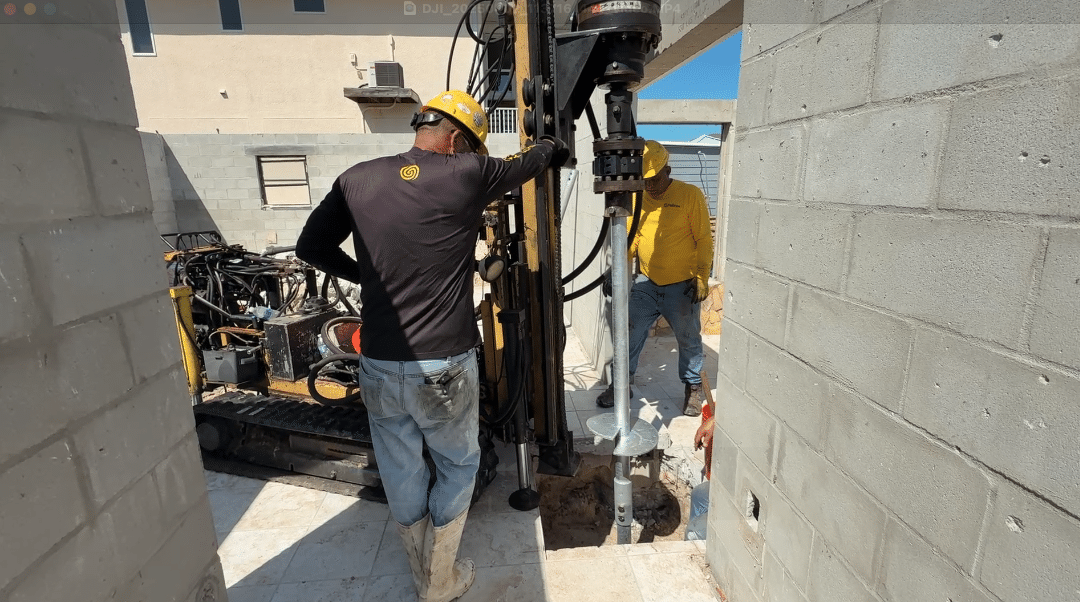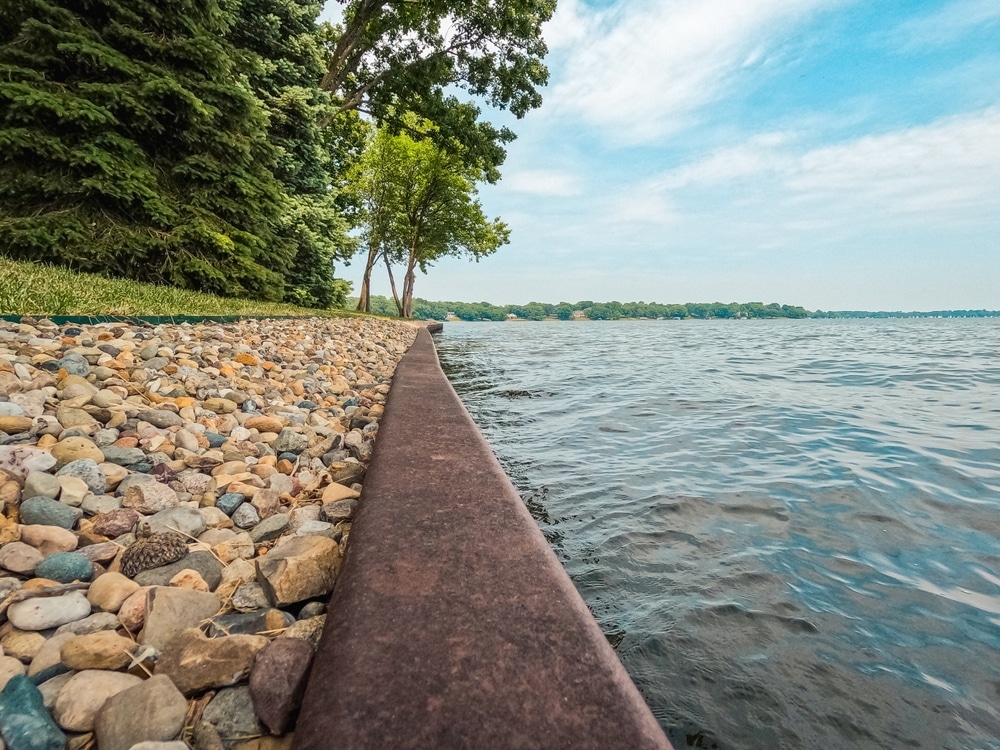Learn how to permanently stop seawall soil erosion, fix voids, and protect your Florida waterfront property with modern seawall repair and stabilization techniques.
Drought, Rain, and Sinkholes
We may be happy that the sun is shining again after tropical storm Debby drenched our state with torrential rains just recently. While it’s true that those of us who live in Florida must face the occasional tropical storm — or even the possibility of a hurricane — during Summer and Fall, Debby reminds us of the damage these natural events can leave behind. In her wake, Debby left a lot of water-related damage to roads and property, spawned numerous tornadoes, and caused an alarming number sinkholes to form. Read on.
If you’re reading the news or watching TV lately, it seems like the ground is opening up and swallowing up homes and properties all over the state. Just a few weeks ago, it was drought conditions that seemed to be causing sinkholes. How are droughts, or too much rain, associated with sinkhole activity?
To answer this question, we must look back into Florida’s geological history. Once upon a time, Florida was much larger than it is today, but as the Ice Age ended, large parts of Florida disappeared beneath the sea. During its time under the sea, the skeletons of billions and billions of sea animals, like sponges and mollusks, were deposited on the seafloor that formed the limestone platform on which our state now sits. Erosion of the thousands of feet of limestone bedrock caused by the acid in rainwater shaped Florida’s unstable karst landscape. Beneath our feet are rock cavities, disappearing streams, springs, caves, and a vast aquifer.
The water in Florida’s aquifer is what keeps the layers of sand and clay above the limestone bedrock somewhat stable. In the case of drought, if water levels in the aquifer falls, that support system is gone. What is left behind are sometimes cavernous-sized empty spaces or voids. Limestone is not a very hard rock — it breaks and dissolves easily. Over thousands of years, the limestone bedrock has developed many cavities and fractures. If the layers of sand and clay above it are too heavy, parts of the limestone bedrock will collapse, bit by bit, or all at once.
When it comes to rain, there is only so much water that can be absorbed by underground streams and springs. Debby’s torrential rains added a lot of weight to the soil above the limestone layer. That added weight causes the ground to cave in on itself — sometimes spectacularly — as demonstrated by the Hudson sinkhole. Unfortunately, just because the rains have stopped does not mean an end to sinkholes. There are many places where rainwater is still “percolating” and making its way underground, weakening the limestone layer. There will, undoubtedly, be more sinkholes in the news.
If you live in an area prone to sinkholes, you may never experience something as dramatic as a chasm in your front yard, but you should be watchful for less dramatic signs of sinkhole activity.
The more you know about sinkholes, the more confident you will be in finding the right professionals who will help restore your home or property. At Helicon, we are always ready to answer any questions you may have.
Call us today at 813-567-1065




